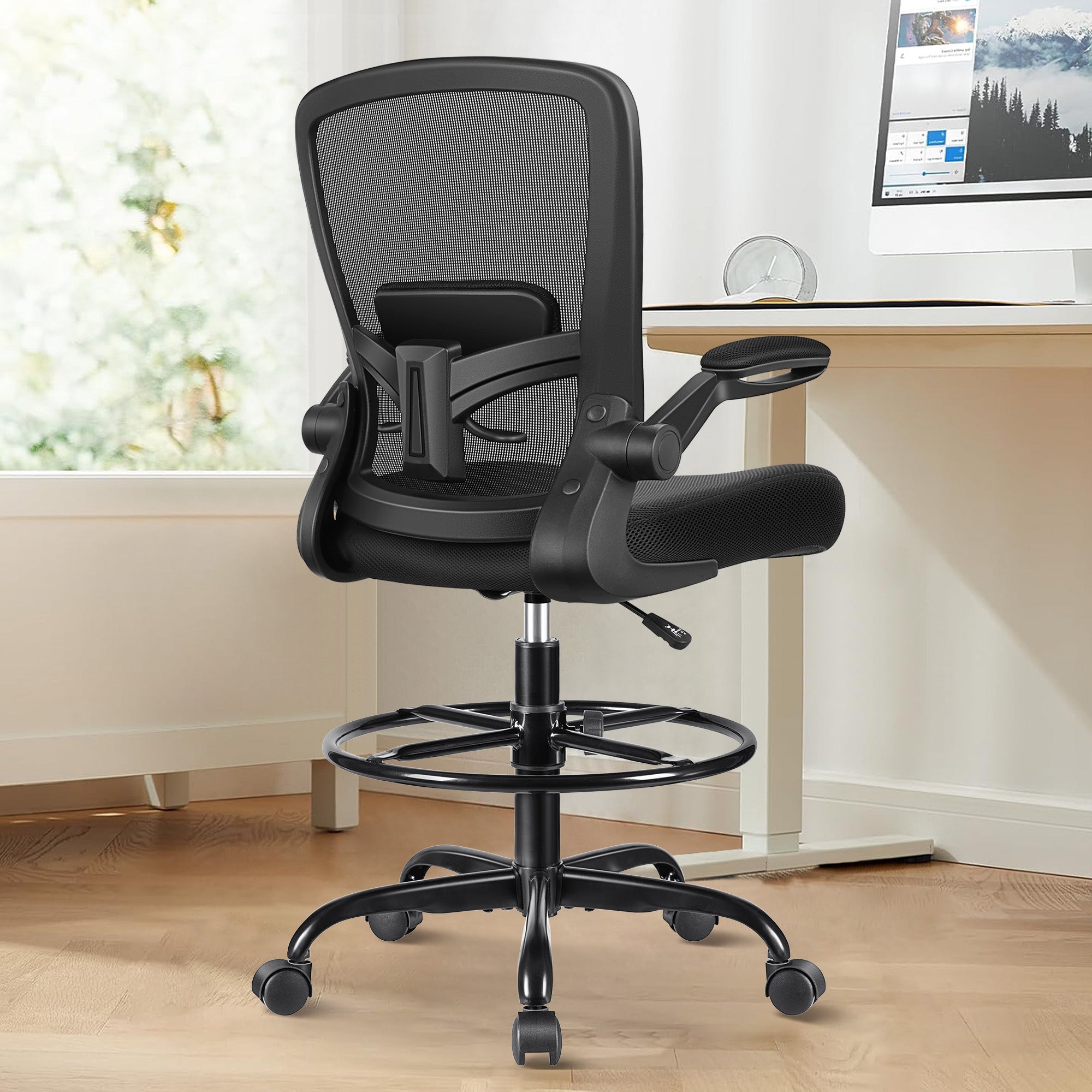Are you in search of the perfect drafting chair but overwhelmed by the options available? Look no further! In this comprehensive guide, we'll explore everything you need to know about drafting chairs, addressing the top keywords and questions people are asking on Google.
What Is a Drafting Chair?
Drafting chairs, also known as architect chairs or drawing chairs, are specialized seating designed for professionals who work at elevated desks or drafting tables. They offer enhanced height adjustability and ergonomic features to support users while they sketch, draw, or work on intricate tasks.
Key Features of a Drafting Chair:
-
Height Adjustability: Drafting chairs are equipped with extended height ranges, making it easier for users to reach their work surface comfortably.
-
Ergonomic Design: A good drafting chair should have lumbar support, adjustable armrests, and a comfortable cushioned seat to prevent fatigue during long hours of work.
-
Stability: Look for chairs with a stable base, often equipped with footrests, to maintain balance and reduce strain.
-
Mobility: Some drafting chairs come with casters for easy movement within your workspace.
Choosing the Right Drafting Chair:
Selecting the ideal drafting chair depends on several factors:
-
Comfort: Prioritize comfort to ensure you can work efficiently for extended periods.
-
Height Range: Measure the height of your workspace and choose a chair that provides the necessary elevation.
-
Material and Style: Consider the aesthetics of your workspace and choose a chair that complements it.
Benefits of Using a Drafting Chair:
-
Improved Posture: Drafting chairs promote a better posture, reducing strain on your back, neck, and shoulders.
-
Enhanced Productivity: With the right chair, you can work for longer hours without discomfort, boosting your productivity.
-
Versatility: Drafting chairs aren't just for artists and architects. They're suitable for anyone who needs an elevated work surface, such as standing desk users.
Frequently Asked Questions:
-
How to Adjust a Drafting Chair? Most drafting chairs have a lever that adjusts the seat height. Simply pull or push the lever to achieve the desired height.
-
What is the Weight Capacity of a Drafting Chair? Weight capacities vary, but many drafting chairs can support users up to 250-300 pounds. Check the product specifications for details.
-
Are Drafting Chairs Suitable for Home Offices? Absolutely! Many people use drafting chairs in home offices, especially if they have a standing desk or prefer the extra height.
-
What's the Difference Between a Drafting Chair and a Task Chair? Drafting chairs have a higher height range compared to task chairs. Task chairs are generally designed for standard desk heights, while drafting chairs cater to elevated work surfaces.
In conclusion, finding the right drafting chair is essential for comfort, style, and productivity in your workspace. Consider your specific needs and preferences, and you'll discover the perfect chair that supports your creative or professional endeavors. Happy drafting!




